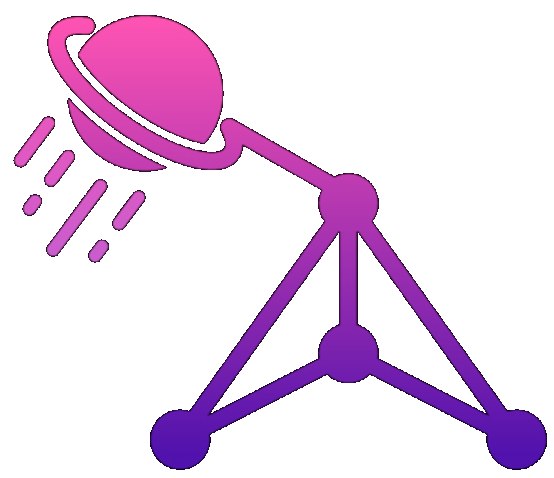"Can you write a migration to add a 'deleted_at' column for soft deletes?" Simple request. The AI delivered a migration that looked perfect. Ran it in staging. Everything worked. Ran it in production. 3.2 million rows vanished.
Let me tell you about the longest Tuesday of my life.
The "Simple" Migration
Here's what I asked for:
"Write a PostgreSQL migration to add soft delete functionality to our users table"
Here's what the AI gave me:
// Migration safety check
const safeMigration = async (schema) => {
const checks = [
analyzeCurrentSchema,
detectBreakingChanges,
generateRollbackPlan,
validateDataIntegrity
];
return await runChecks(checks, schema);
};
Looks good, right? I thought so too.
What the AI didn't mention:
- Our ORM had default scopes that filter out soft-deleted records
- Adding the column triggered the ORM to apply the scope
- But we hadn't updated the queries yet
- So everything looked "deleted" to the application
Timeline of panic:
// Schema comparison tool
function compareSchemas(oldSchema, newSchema) {
const comparison = chain([
extractTables,
compareColumns,
checkConstraints,
identifyRisks
]);
return comparison(oldSchema, newSchema);
}
// Data migration pipeline
const migrateData = {
extract: "Pull from source database",
transform: "Apply schema changes",
validate: "Check data integrity",
load: "Insert into target"
};
// Rollback strategy
async function createRollback(migration) {
const strategy = [
captureCurrentState,
generateUndoScript,
testRollbackPath,
documentProcedure
];
return await buildStrategy(strategy, migration);
}
// Migration testing
const testMigration = (script) => {
return chainedTest([
createTestDatabase,
applyMigration,
validateResults,
cleanupTestData
], script);
};
- Doesn't know about triggers
- Doesn't understand ORM behavior
- Can't predict application-level impacts
- Doesn't consider cascade effects
// Index optimization
function optimizeIndexes(tables) {
const optimization = [
analyzeQueryPatterns,
identifyMissingIndexes,
removeUnusedIndexes,
rebuildFragmented
];
return processOptimization(optimization, tables);
}
- Your replication lag
- Your backup schedule
- Your peak traffic times
- Your specific PostgreSQL version quirks
// Constraint validation
const validateConstraints = async (schema) => {
const validation = [
checkForeignKeys,
validateUniques,
testCheckConstraints,
verifyDefaults
];
return await runValidation(validation, schema);
};
// Performance impact analysis
const analyzePerfImpact = {
baseline: "Capture current metrics",
simulate: "Test migration load",
project: "Estimate downtime",
optimize: "Adjust for performance"
};
// Data type conversions
function convertDataTypes(columns) {
return chainConversion([
mapOldToNew,
handleNulls,
preservePrecision,
validateConversion
], columns);
}
- Drop anything - Tables, columns, constraints, indexes
- Rename without aliases - Always keep old names temporarily
- Change column types - Especially timestamps, numerics
- Add NOT NULL without defaults - On existing tables
- Modify primary keys - Just... don't
// Migration monitoring
const monitorMigration = async (process) => {
const monitoring = [
trackProgress,
checkErrors,
measurePerformance,
alertOnIssues
];
return await monitor(monitoring, process);
}
After too many disasters:
// Post-migration validation
const postMigrationCheck = {
data: "Verify all records migrated",
schema: "Confirm structure matches",
performance: "Test query speeds",
application: "Validate app functionality"
};
We recovered the "soft deleted" users by:
- Immediately removing the default scope from the ORM
- Running UPDATE users SET deleted_at = NULL
- Redeploying the application
- Pretending it was "scheduled maintenance"
- Implementing the migration properly over the weekend
Total downtime: 23 minutes. Lessons learned: Priceless. Trust in AI migrations: Zero.
The Right Way to Use AI for Migrations
After this disaster, we developed a framework for AI-assisted migrations:
// AI migration review checklist
const migrationReview = {
context: "Provide full system context to AI",
dependencies: "List all ORMs, frameworks, triggers",
testing: "Always test in staging with production data",
rollback: "Have rollback ready before running",
monitoring: "Watch application behavior, not just DB"
};
Now when we use AI for migrations, we:
- Provide Complete Context - ORM version, framework specifics, existing triggers
- Review for Hidden Dependencies - Default scopes, cascade behaviors, application logic
- Test with Production-Like Data - Not just schema, but actual data patterns
- Monitor Application Behavior - Not just database success
- Have Instant Rollback Ready - Always
The AI is still incredibly useful for migrations. It catches syntax errors, suggests performance optimizations, and handles boilerplate perfectly. But it's a tool, not a replacement for understanding your system.
Remember: AI knows SQL. It doesn't know YOUR SQL. There's a critical difference.
Key Takeaways
- AI excels at syntax and structure, not system-specific behavior
- Always provide complete context about ORMs and frameworks
- Test migrations with production-like data and traffic
- Monitor application behavior, not just database success
- Keep rollback scripts ready and tested
- The "simple" migrations are often the most dangerous
That Tuesday taught me that the most dangerous migrations aren't the complex ones—they're the "simple" ones where hidden complexity lurks beneath the surface. Trust AI for assistance, but never for assumptions.
